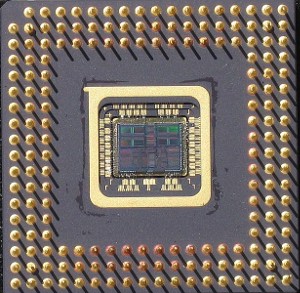Originally posted by birdie
View Post

And the benefit from this deal to Nvidia is not so much the operational business performance of ARM today, but the strategic positioning for the future. Nvidia is about to transition into a major new ecosystem player with tight integration of network, AI, GPU and CPU technologies [but what about memory? this piece is still missing] - so to speak it is the rise of a new Intel (without the fabs which at this point is more of a burden for Intel anyway). This is huge anyways! They now can offer you tightly integrated solutions and spread their IP to others in the ARM ecosystem benefiting from their sales, too. And I have read over the years that they have their own Linux distribution internally - which means that they can extract all of the performance features of their hardware. Maybe we normal consumers will see Nvidia's Clear Linux alternative one day, too.
It is a hard shift from the Nvidia we know today, but I see the chance for them to mature into a company which becomes a better team player as the responsibilities for such an ecosystem player are also somewhat higher (just see all the work Intel does on the Linux, library, compiler front etc. where large parts also benefit AMD and the x86 ecosystem as a whole).


Comment